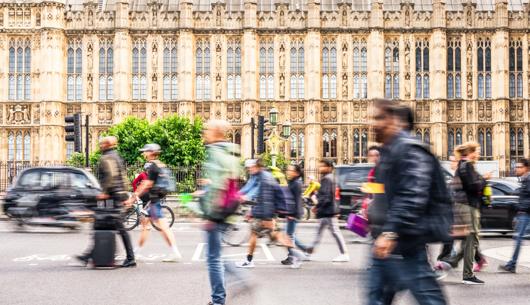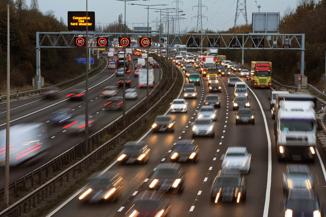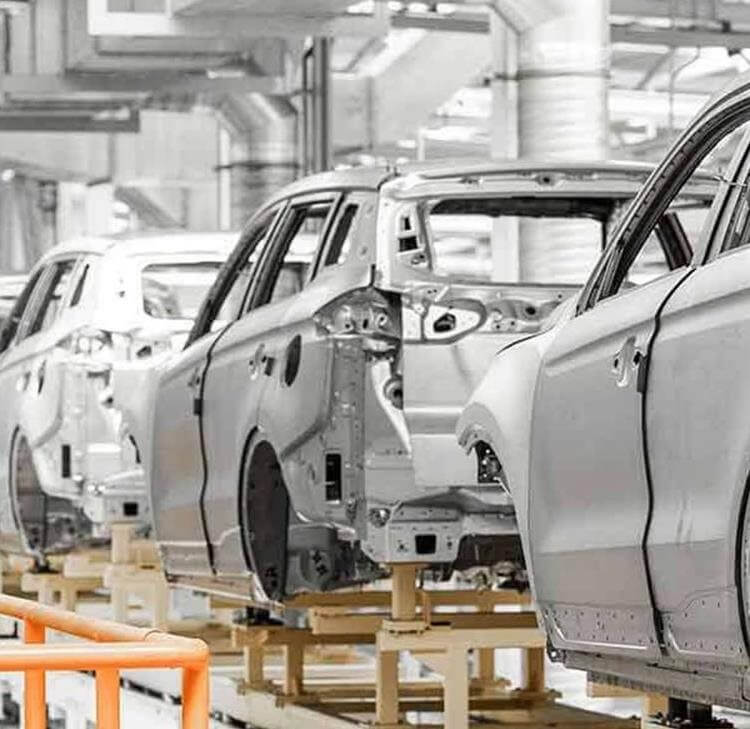Revisions to the Highway Code and potential impact on civil liability
The Highway Code has had its first major revision since 2007. Amongst several changes, a new hierarchy has been created, with road users who are most likely to cause harm having the greatest responsibility to reduce the threat they may pose to other road users (rule 204 of the Code).
The Highway Code has had its first major revision since 2007. Historically, all road users were required to be considerate towards each other. That is still the case, but the aim of the Highway Code has now been extended beyond promoting safety to supporting a healthy, sustainable and efficient transport system – in keeping with the drive to support green methods of travel, the revisions are intended to provide greater protection to more vulnerable road users.
Amongst several changes a new hierarchy has been created, with road users who are most likely to cause harm having the greatest responsibility to reduce the threat they may pose to other road users (rule 204 of the Code).
Generally, the priority for road users is as follows: pedestrians>cyclists>horse-riders>motorcyclists>car drivers>HGV drivers.
The likely impact will be that a greater burden will be placed on car, and specifically HGV, drivers to minimise the potential threat or danger they pose to others. Particularly when faced with pedestrians crossing at road junctions and when sharing roads with horse riders, cyclists, or we have to assume those legally using e-scooters.
How might the revisions influence the civil liability position following a road traffic accident?
In reality, courts have been reluctant to absolve a driver of responsibility when faced with a collision involving a car/HGV and a pedestrian or cyclist. The rule changes are likely to formalise that approach and we can see a consistency in a number of decided cases, to include McGeer v McIntosh [2017] EWCA Civ 79. In that case, a HGV Driver was positioned straddling two lanes at traffic lights, intending to turn left. As the HGV turned it collided with the cyclist who had travelled on the inside of the vehicle with the intention of turning left.
The HGV driver was found to be negligent in failing to check their mirrors prior to or during the manoeuvre and whilst the cyclist was also found to be negligent in not assessing the situation, the far greater responsibility rested with the driver – in keeping with the hierarchy now reinforced in the Highway Code, the vulnerability of the cyclist was recognised and the HGV driver attracted 70% of the liability.
The changes to the Highway Code, combined with the approach that is already taken by the courts, are likely to place even more accountability on drivers of vehicles. All road users and employers with fleet vehicles/employees driving in the course of their employment, will need to be alive to the impact and communicate the revisions to the workforce.









































